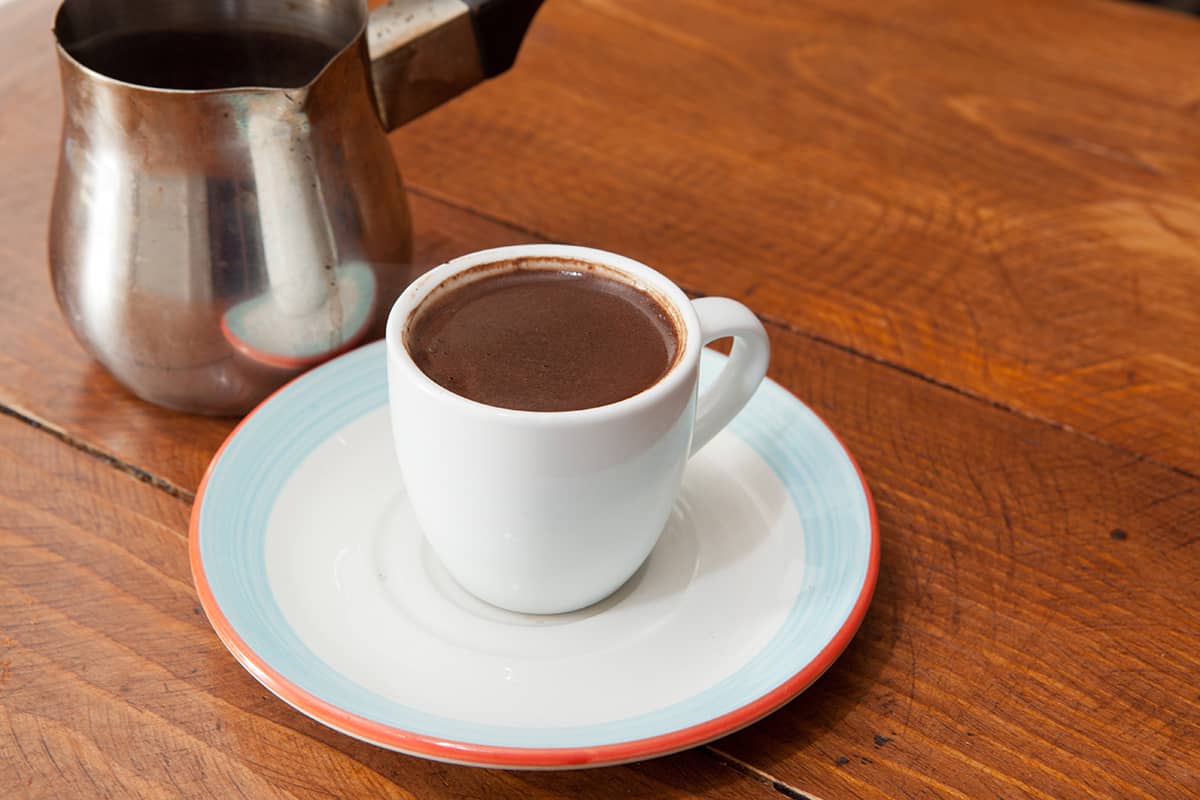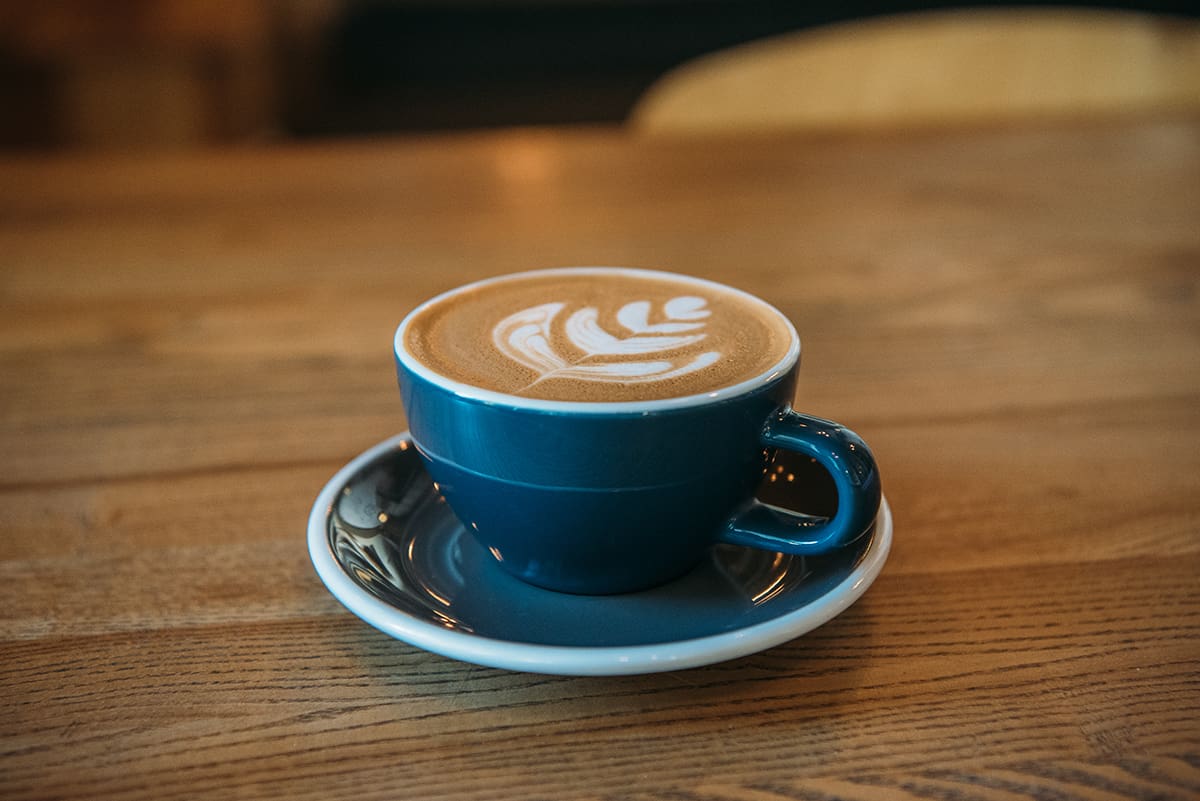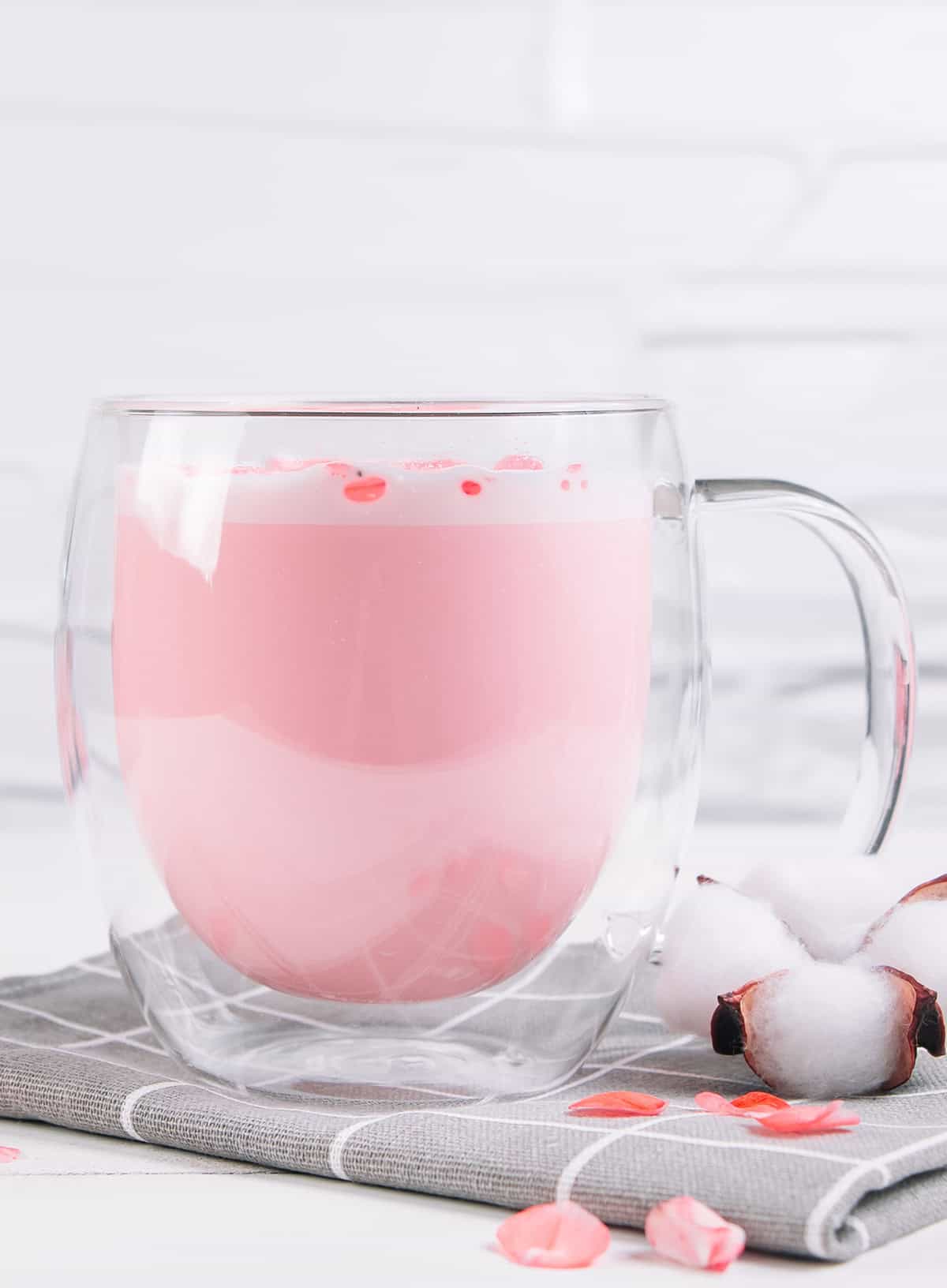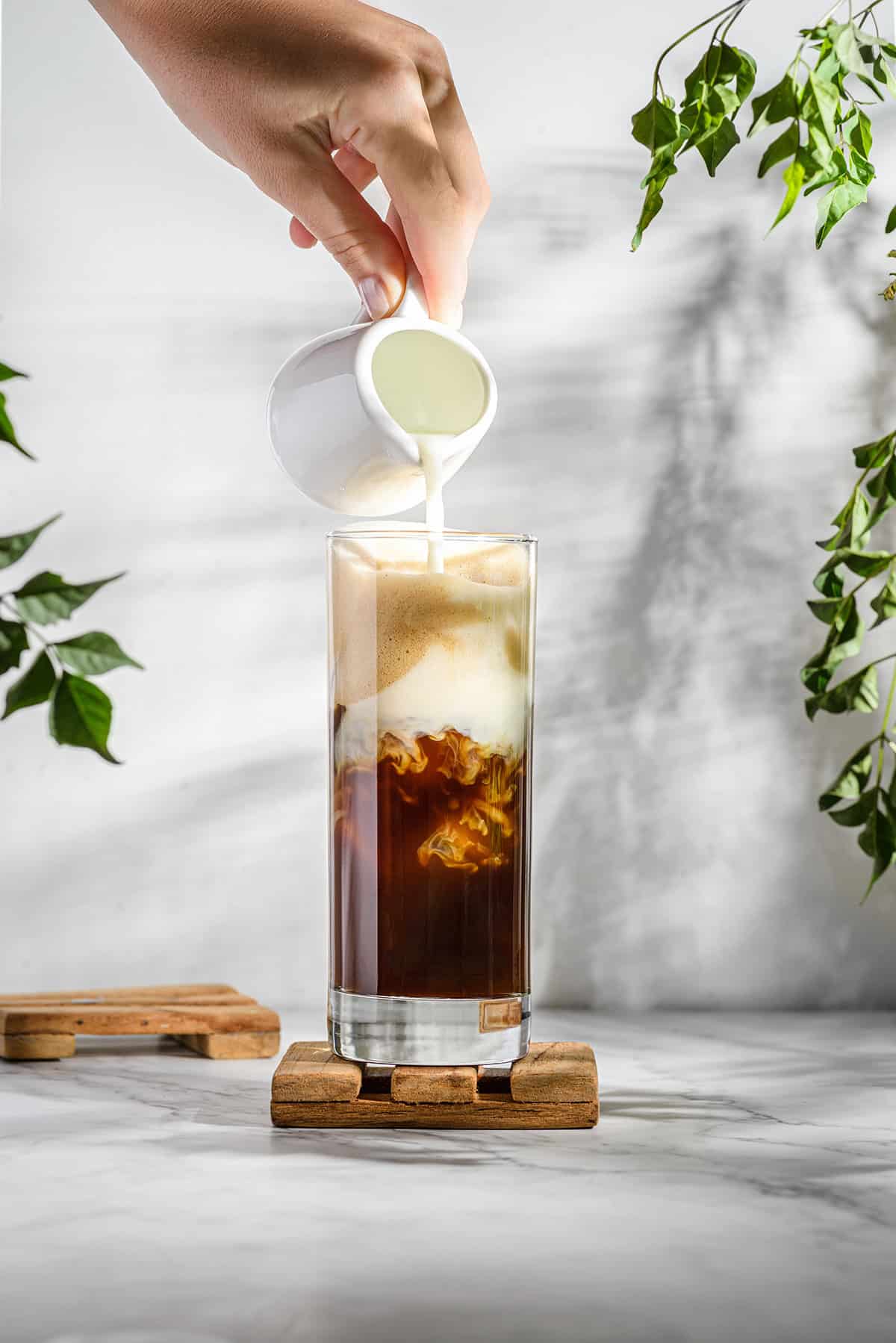Coffee has a rich history, dating back centuries, and its consumption has become an essential part of daily life for millions of people around the globe. As coffee culture has evolved, so have the methods of brewing and serving this cherished beverage. One aspect that has gained significant importance is the size of the coffee cup.
A standard coffee cup, often used for drip coffee, typically holds 8 fluid ounces (240 milliliters) of liquid. However, the actual size of a coffee cup can vary greatly. While an espresso cup might hold as little as 2 ounces (60 milliliters), a large latte or cappuccino cup could contain 12 to 20 ounces (350 to 590 milliliters).
This blog post will delve into the world of coffee cup sizes, discussing standard sizes for various types of coffee drinks, popular sizes at well-known coffee chains, and the impact of cup size on flavor and overall experience.
Standard Coffee Cup Sizes
Here are the most common coffee cup sizes and capacities:
Espresso Cup

Espresso cups are the smallest in the world of coffee cup sizes, designed specifically for serving espresso shots. These cups typically have a capacity of 2 to 3 fluid ounces (60 to 90 milliliters) to hold between 1 and 2 fluid ounces of espresso. They are meant to preserve the concentrated flavors and rich crema of an espresso. The small size also helps maintain the ideal drinking temperature, ensuring a perfect espresso experience.
Demitasse Cup

Demitasse cups are slightly larger than espresso cups, with a capacity of around 2 to 3 fluid ounces (60 to 90 milliliters). These cups are commonly used for serving stronger coffee drinks like Turkish or Greek coffee, as well as espresso-based beverages like macchiatos.
Cappuccino Cup

Cappuccino cups are designed to hold 6 to 8 fluid ounces (180 to 240 milliliters) of liquid, providing the perfect balance between espresso and frothy steamed milk. The wide, rounded shape of the cappuccino cup allows for better distribution of the milk foam, creating a harmonious blend of flavors and textures.
Americano Cup

Americano cups are designed to hold 8 to 12 fluid ounces (240 to 350 milliliters) of liquid, making them suitable for serving Americanos, drip coffee, or any other coffee drinks that require a larger volume of water. The larger size of the Americano cup allows for the ideal dilution of espresso with hot water, resulting in a smooth and balanced taste.
Latte Cup

Latte cups are the largest of the standard coffee cup sizes, with a capacity of 12 to 20 fluid ounces (350 to 590 milliliters). These cups are designed to hold generous amounts of steamed milk and espresso, creating a creamy and indulgent coffee experience. The latte cup’s ample size also allows for the addition of flavored syrups, whipped cream, or other toppings, making it the perfect vessel for a wide variety of coffee creations.
Coffee Shop Cup Sizes
Use this guide to order the correct coffee size at your favorite coffee shop.
Starbucks Coffee Cup Sizes
- Demi—The smallest size offered by Starbucks, holding 3 fluid ounces (90 mililiters)
- Short—The second-smallest size, holding 8 fluid ounces (240 milliliters).
- Tall—The next size up, with a capacity of 12 fluid ounces (350 milliliters).
- Grande—The medium size at Starbucks, holding 16 fluid ounces (470 milliliters).
- Venti—The large size at Starbucks, available in two variations—20 fluid ounces (590 milliliters) for hot drinks and 24 fluid ounces (710 milliliters) for cold drinks.
- Trenta—The largest size offered by Starbucks, exclusively for iced beverages, with a capacity of 30 fluid ounces (890 milliliters).
Dunkin’ Donuts Coffee Cup Sizes
- Small—The smallest size at Dunkin’ Donuts, holding 10 fluid ounces (300 milliliters).
- Medium—The medium size, with a capacity of 14 fluid ounces (410 milliliters).
- Large—The large size at Dunkin’ Donuts, holding 20 fluid ounces (590 milliliters).
- Extra Large—The largest size offered, with a capacity of 24 fluid ounces (710 milliliters).
Tim Hortons Coffee Cup Sizes
- Small—The smallest size at Tim Hortons, holding 8 fluid ounces (240 milliliters).
- Medium—The medium size, with a capacity of 12 fluid ounces (350 milliliters).
- Large—The large size at Tim Hortons, holding 16 fluid ounces (470 milliliters).
- Extra Large—The largest size offered, with a capacity of 20 fluid ounces (590 milliliters).
Costa Coffee Cup Sizes
- Primo—The smallest size at Costa Coffee, holding 12 fluid ounces (350 milliliters).
- Medio—The medium size, with a capacity of 16 fluid ounces (470 milliliters).
- Massimo—The largest size offered by Costa Coffee, holding 20 fluid ounces (590 milliliters).
Impact of Coffee Cup Size on Flavor and Experience

The size of a coffee cup has a significant impact on the overall flavor and experience of your coffee. Brew ratios, or the proportion of coffee to water, play a crucial role in determining the strength and taste of your coffee.
A smaller cup size typically results in a more concentrated and intense flavor, while a larger cup size can yield a milder and more diluted taste. For instance, espresso cups are designed to hold a small volume of highly concentrated coffee, while Americano cups are intended for a larger volume of diluted espresso.
Temperature is another factor influenced by cup size. Smaller cups help maintain the ideal drinking temperature for a longer period, as they have less surface area for heat to escape.
Conversely, larger cups may cool down more quickly, which can affect the taste of your coffee. The material and design of the cup also play a role in preserving the temperature and flavor of your coffee.
Coffee Cup Sizes Around the World
Coffee cup sizes vary widely across different cultures and regions, reflecting the unique preferences and customs of each area.
In Italy, for example, a traditional espresso is served in a small cup, reflecting the strong and concentrated nature of the drink. In contrast, the United States is known for its preference for larger coffee servings, as evidenced by the popularity of Venti and Trenta sizes at Starbucks.
In Scandinavian countries, “fika” culture encourages the consumption of coffee in a more relaxed and social setting, often accompanied by pastries. As a result, coffee cups in these regions are generally larger, allowing for a longer and more leisurely coffee-drinking experience.
In some Middle Eastern countries, coffee is served in small, ornate cups that reflect the strong and aromatic nature of the local coffee. Similarly, in Turkey and Greece, traditional coffee is served in small cups, highlighting the concentrated flavors and rich texture of the drink.






